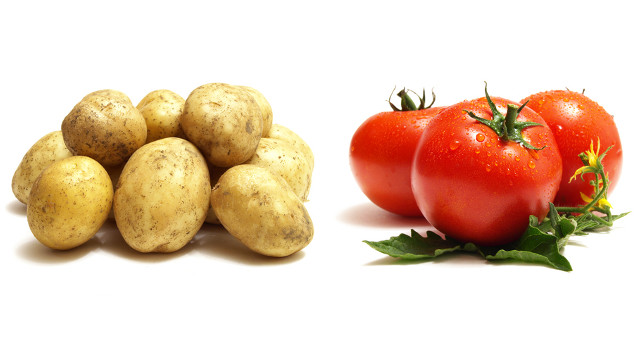A New Use For Inkjets: Printing Circuit Boards On Paper

What’s the Latest Development?
Researchers at the University of Tokyo and Cambridge-based Microsoft Research have created a new kind of circuit-printing process involving a special ink that can be dispensed through an ordinary inkjet printer onto photo-quality paper. The ink, developed by Mitsubishi Chemical, contains silver nanoparticles that deposit themselves onto the paper without the need for additional heat. At last month’s Ubicomp conference, University of Tokyo’s Yoshihiro Kawahara demonstrated a paper-based moisture sensor for plants that transmits data via a printed wi-fi antenna.
What’s the Big Idea?
Kawahara and Steve Hodges of Microsoft Research say that their process could help participants in the growing maker movement bridge the gap between making a plastic casing and making a working electronic device. Matt Johnson, of the conductive ink manufacturing firm Bare Collective, agrees: “Designing a printed circuit board is not a trivial thing at all. So many people talk about 3D printing an iPhone, when all you can actually do is print a few limited components of one.” Future iterations of this technology could eventually lead to paper-based computers that work even when torn into smaller pieces.
Photo Credit: Shutterstock.com





